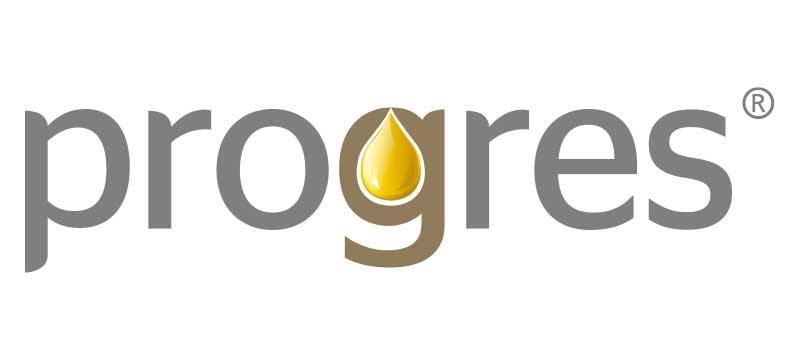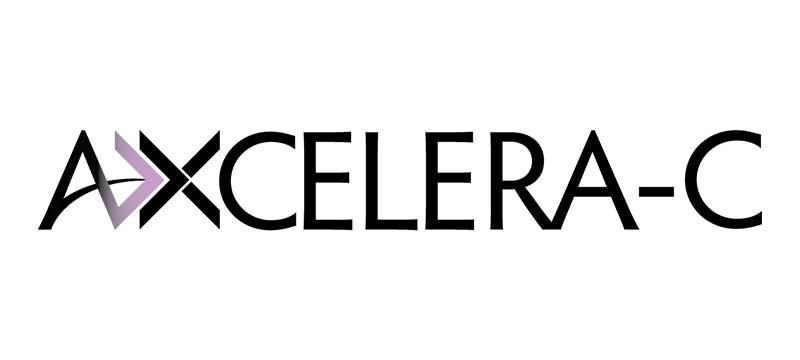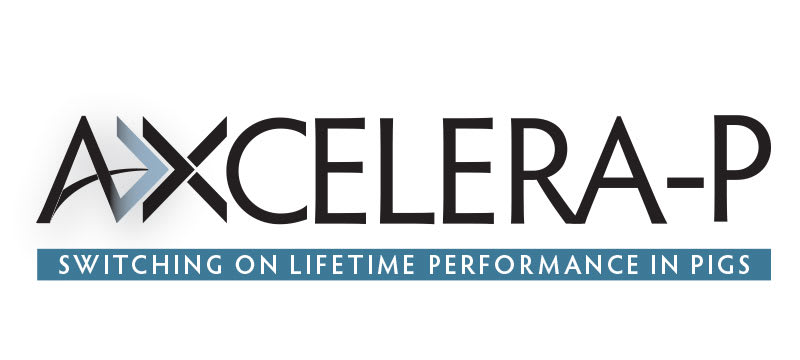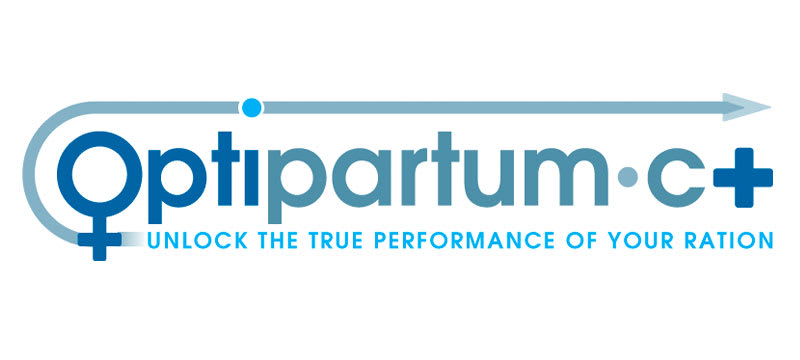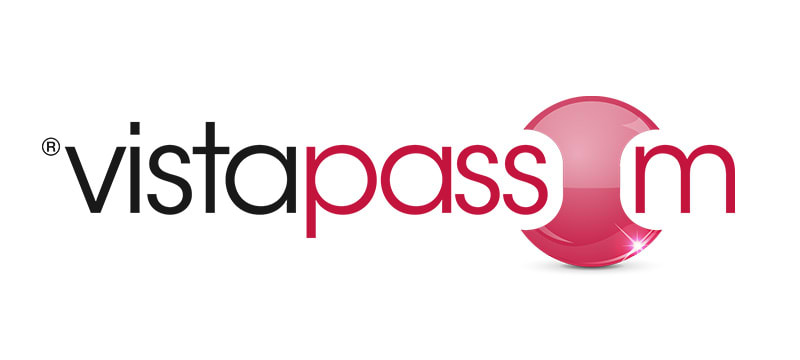Power of phytase in fish nutrition and sustainable aquaculture
Published Tuesday, 24th January 2023By Mohamed Habboul, AB Vista
Over the past two decades the aquaculture industry has become one of the fastest growing food industries, playing an increasingly important role in meeting the demand for fish, and it is expected that the sector will continue to grow at the expense of capture fisheries.
While the industry grew by approximately 165% from 2000 to 2020, total capture has remained almost stable over the same period (OECD/FAO, 2021). The expansion of aquaculture production has been accompanied by a rapid growth in aquafeed production, with the global aquafeed market reaching a volume of 49.39 million Tons (Global Feed Survey Alltech, 2021).
The industry has been highly dependent on the use of fishmeal as the protein source of choice in aqua feed due to its excellent amino acid and fatty acid profile, but supply has fallen while price has increased. This is driving aquafeed producers to reduce its use in diets and source vegetable ingredients – soybean meal, cereals etc – as an available, cheaper and more sustainable alternative.
However, a major problem with using plant ingredients in fish feed is the presence of phytate, which has a powerful anti-nutritional factor and pollutant effect on the aquatic environment.
Anti-nutritional effects
Phytate (inositol-6-phosphate; IP6) is the main source of organic phosphorus (P) in vegetable ingredients used in aquafeed production and can account for 60-80% of total P. Phytate can strongly chelate with mineral cations such as calcium (Ca), iron (Fe), zinc (Zn), copper (Cu) and other trace elements to form insoluble complexes (salts), rendering them unavailable to fish. Phytates can also have the effect of partially inhibiting the activity of digestive enzymes in the intestine.
Fig.1: Graphic representation of how phytate molecule can interfere on nutrient digestibility in the gut.
Due to a lack of innate phytases, both gastric and agastric aquatic species have a limited ability to break down and digest phytate efficiently. Consequently, many vital nutrients contained within and bound to the molecule are excreted in fish faeces and released into the aquatic environment, contributing to water pollution and potentially encouraging algal blooms.
Phytase advances
The negative effects of phytates are costly for aquaculture. To combat this, targeting the near complete destruction of phytate using an effective exogenous phytase is an ideal approach and an excellent opportunity for aquafeed producers to maximise the nutritive value of plant-based diets and minimise environmental pollution.
Representing a major nutritional advance in the aquaculture industry, phytase is now increasingly used as a feed additive in aqua diets worldwide. The enzyme is able to degrade phytate and make phytate-phosphorous bound nutrients and inositol more available to fish, supporting growth and reducing pollution through lower phosphorous and nitrogen excretion into the ecosystem.
Phytase also offers economic advantages by reducing or removing the need for mineral supplementation or other expensive raw materials, thus lowering costs. Due to its benefits, phytase is now used in virtually all monogastric feeds.
Phytases v phytate
There are currently several phytases on the market, each differing in its ability to hydrolyse phytate. Conventional phytases work by partially degrading phytate (IP6) by releasing the first 2 or 3 phosphorus groups and other bound nutrients while generating new molecules called lower phytate esters. These latter compounds are essentially formed of phytate having lost one or more of its six P groups - known as IP5, IP4, IP3, IP2 and IP1 (Figure 2).
Fig.2: Graphic representation of how phytase can act on phytate and its lower esters
The lower phytate esters can also have an antinutritive effect in the animal because they can chelate with minerals and proteins and interfere with digestive enzymes. A “good” phytase must be able to continue removing P and all chelated nutrients from IP6 to IP2 as quickly as possible to allow the endogenous alkaline phosphatase to remove the final phosphate group from IP1 and release inositol.
The use of an effective phytase can help to totally replace the use of inositol as a feed additive in aquaculture diets. Several scientific publications have shown that a modern phytase, such as enhanced E.coli phytase – for example, Quantum Blue by AB Vista – can almost completely and rapidly degrade phytate and the lower phytate esters, while releasing significantly more P and inositol than older generations of phytases.
Formulating aquafeed with phytase
To maximise the benefit of phytase in aquafeed, diets must be formulated correctly using an optimal and economical dose that delivers the maximum amount of nutrients from phytate and lower phytate esters. As feed prices and the value of increased animal productivity increase, it is more economically attractive to dose phytase at a higher level with its appropriate matrix.
Fig. 3: Phosphorus release curve in aquafeeds for enhanced E.coli phytase (AB Vista)

The “AB Vista Phytate Reference Guide” shows that there is sufficient PP present in aquafeeds (0.10-0.43%, average 0.35%) on which a modern enzyme, such as enhanced E.coli phytase, can act flexibly with different doses giving consistent and robust matrix values. By maximizing phytate degradation, the phytase can improve growth rates and feed conversion ratio through better nutrient retention and utilization and reduced water pollution. Moreover, enhanced bioavailability of P and other nutrients in the feed results in lower feed costs due to partial or total replacement of phosphate (MCP, DCP) and lower inclusion rates of certain expensive raw materials, such as fishmeal.
Key characteristics for successful applications
A combination of certain characteristics of phytase is essential to achieve maximum phytate destruction and high feed efficiency, particularly when it meets the fish digestive tract. It must be:
- gastro-stable (resistant to endogenous enzymes)
- active in the acidic environment of the stomach
- able to act rapidly on the phytate and the lower phytate esters, even at low PP levels.
Extrusion cooking is now the preferred technology to manufacture high-quality fish feeds with well-balanced specifications, excellent water stability and respecting the environment. In this instance, the phytase must be added in liquid form using the PPLA technology (Post-Pelleting Liquid Application: spray in the fat coater after extrusion), which is the best way to avoid loss of enzyme activity during the process.
For aquafeed producers who still produce regular pelleted aquafeeds, phytase can be used either in liquid form (in the fat coater after pelleting) or in solid or granulated form (into the mixer before pelleting). However, the solid form of phytase should be heat stable. Enhanced E.coli phytase is ideal as it is known for its high thermostability and can withstand temperatures up to 90°C during feed conditioning and pelleting. Enhanced E.coli phytase is also very stable in water and has 99% recovery in shrimp feed after one hour of soaking, helping minimise nutrient leaching.
Performance results
A recent trial conducted in Leading research facility (UK, AB Vista, 2021) (1) demonstrated that supplementing plant-based diets with high doses of Enhanced E.coli phytase (1,500 and 2,500 FTU/kg) improves phosphorous retention in Tilapia, supporting growth and reducing P excretion into the ecosystem, while lowering costs through the reduction of protein and P levels in the diet.
Higher doses of modern phytase can be used to support performance of carnivorous marine species fed plant-based diets by reducing the anti-nutritive effect of phytate. Indeed, supplementing 2,500 FTU/kg of Enhanced E.coli phytase improved P retention in European sea bass, supporting growth and reducing P excretion (Leading research facility, Malta, AB Vista, 2021), mitigating the impact on water pollution.
In conclusion, extensive scientific and commercial research has shown that phytase can work effectively in a range of aquatic species (carnivores and herbivores) and conditions (cold, warm, fresh, salt water), which is why its use in aquafeeds continues to grow worldwide.
For further technical information (phytase application, matrix value, trial reports …) or references please visit https://abvista.com/contact-us
Latest news
Stay ahead with the latest news, ideas and events.
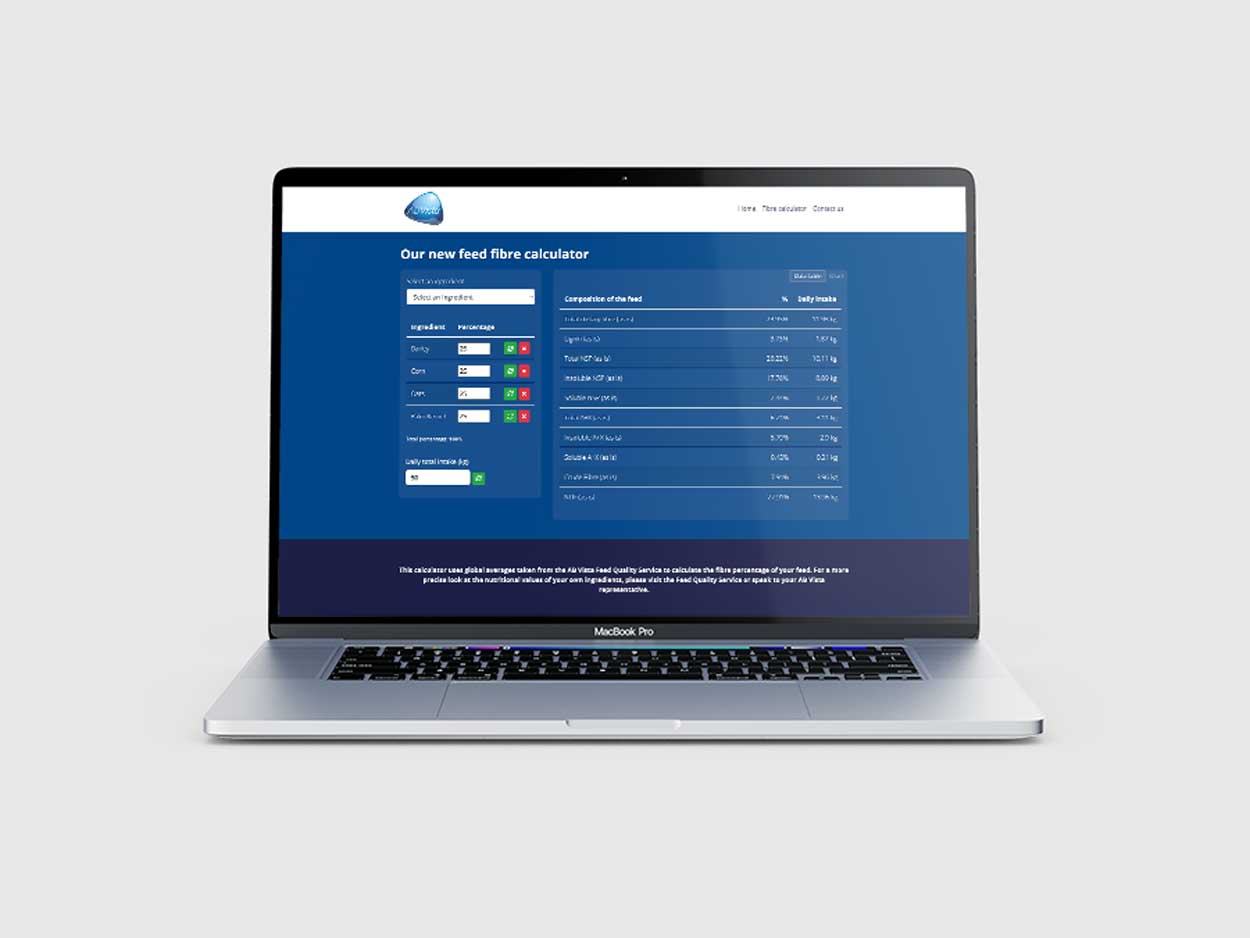
Online Feed Fibre Calculator
Calculate the percentage of dietary fibre in your feed
Our calculator is designed for nutritionists and uses averages of global raw materials to calculate the dietary fibre content (plus other more in-depth fibre parameters) of finished animal feed. These parameters are available within AB Vista’s Dietary Fibre analysis service (part of our NIR service).
Sign up for AB Vista news
A regular summary of our key stories sent straight to your inbox.
SUBSCRIBE© AB Vista. All rights reserved 2023
Website T&Cs Privacy & Cookie Policy Terms & Conditions of Sale IDC Policy










